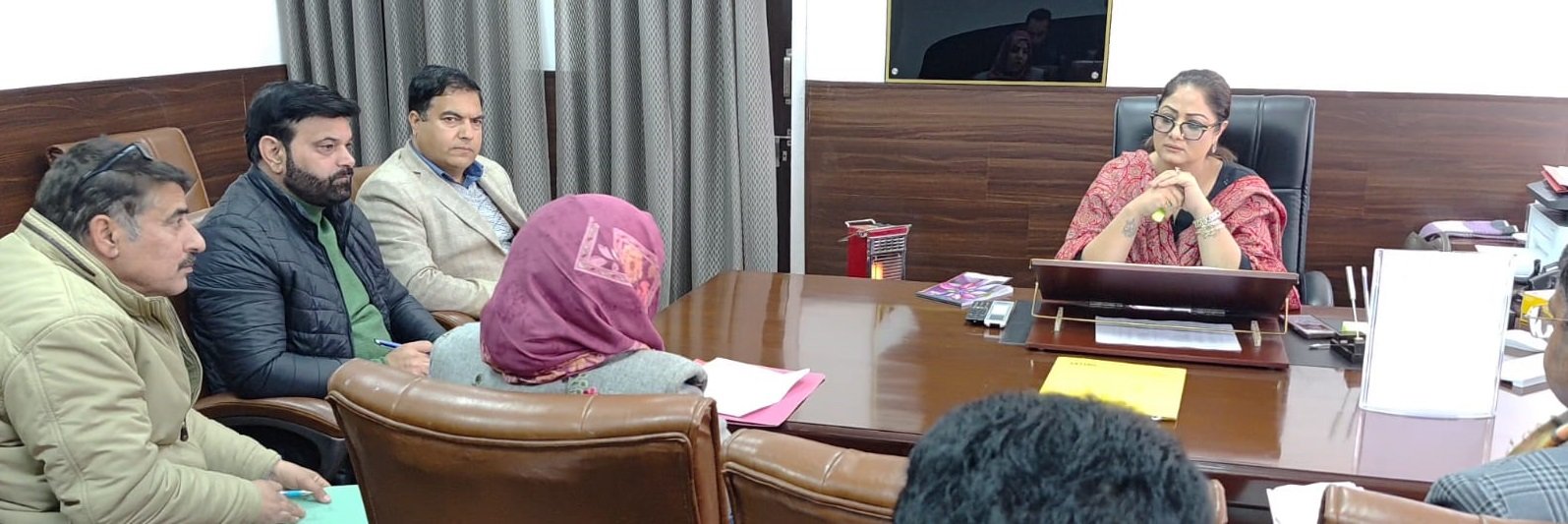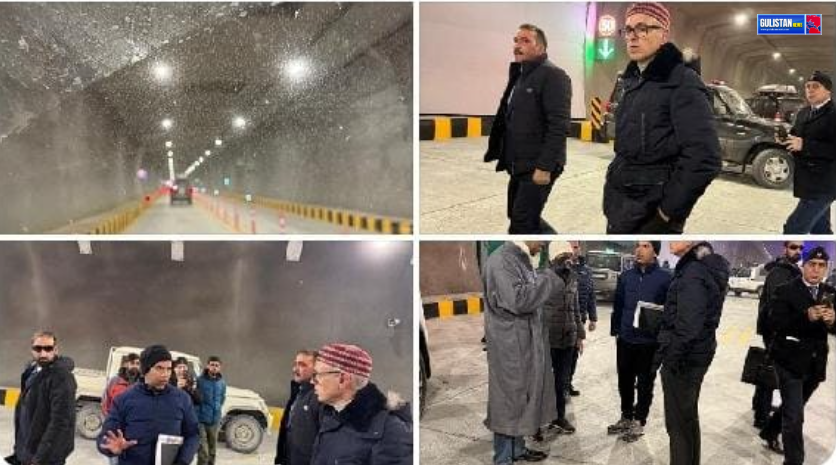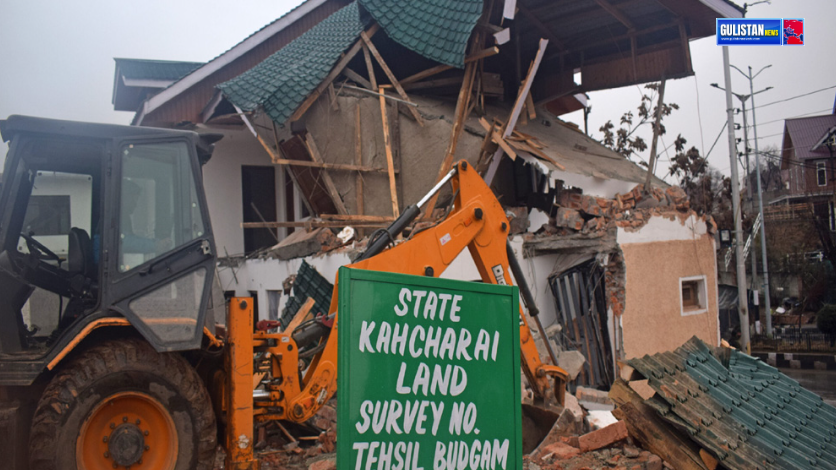Russia’s damaged Nord Stream gas pipelines located underwater are expected to be shut down and decommissioned since there are no immediate plans to repair or resume operations. This decision comes after the pipelines, which supply gas to Germany, were ruptured last year.
Nord Stream 1 and Nord Stream 2, each consisting of two pipes, were built by Russia’s state-controlled Gazprom to pump 110 billion cubic metres (bcm) of natural gas a year to Germany under the Baltic Sea.
Three of the pipes were ruptured by unexplained blasts in September, and one of the Nord Stream 2 pipes remains intact.
But soaring tensions between Moscow and the West over Russia’s invasion of Ukraine had by then already brought Nord Stream 1 to a standstill and prevented its twin, criticised by Washington and Kyiv for increasing Germany’s dependence on Russia, ever coming online.
Gazprom has said it is technically possible to repair the ruptured lines, but two sources familiar with plans said Moscow saw little prospect of relations with the West improving enough in the foreseeable future for the pipelines to be needed.
Europe has drastically cut its energy imports from Russia over the past year, while the state-controlled Gazprom’s exports outside the former Soviet Union almost halved in 2022 to reach a post-Soviet low of 101 bcm.
One Russian source said Russia saw the project as “buried”. Two others said that, while there was no plan to repair the ruptured pipelines, they would at least be conserved for possible reactivation in the future.
Another source familiar with the plans confirmed that the stakeholders are considering conservation.
This would most likely mean sealing the ruptured ends and putting a coating into the pipes to prevent further corrosion from seawater.
One of the Russian sources said that, if the seaborne liquefied natural gas (LNG) from the United States that Europe is using to offset some of its Russian supplies became much more expensive, Europe might again be ready to buy more from Russia.
Moscow’s Energy Ministry referred questions to the pipeline operators, but neither they nor Gazprom replied to requests for comment.
Engie, Gasunie and Wintershall DEA – stakeholders in Nord Stream AG, the operator of Nord Stream 1 – declined to comment.
A spokesperson for Germany’s E.ON, which also owns a stake in Nord Stream AG, said: “To our knowledge as a minority shareholder, no decision has been made, either for or against restoring the line.”
WHO BLEW UP THE PIPELINES?
Moscow has maintained, without providing evidence, that the West was behind the blasts. Last month the White House dismissed as “complete fiction” a blog post by U.S. investigative journalist Seymour Hersh alleging that Washington was responsible.
Investigations by Denmark, Germany and Sweden have not yet concluded.
Nord Stream 1 had anyway been idle since late August when it was shut for maintenance, but never restarted as Russia and the West argued about the servicing of a pumping turbine amid Western sanctions.
The similar-sized Nord Stream 2 had been completed in September 2021 as tensions with Russia were growing and ran in trouble as Germany’s regulators refused to certify it. Berlin then froze the project days before Moscow sent its armed forces into Ukraine on Feb. 24 last year.
Russian President Vladimir Putin has proposed using the undamaged link of Nord Stream 2 to pump gas but Germany, now keen to end its reliance on Russia, rejected the idea. Poland has also stopped buying Russian gas.
Russia is currently exporting only around 40 million cubic metres per day of pipeline gas to Europe, via Sudzha on the border between Ukraine and Slovakia.
Foreign Minister Sergei Lavrov stated that Moscow would no longer depend on the West as an energy partner and hopes to establish a gas hub in Turkey to replace the Baltic route.









